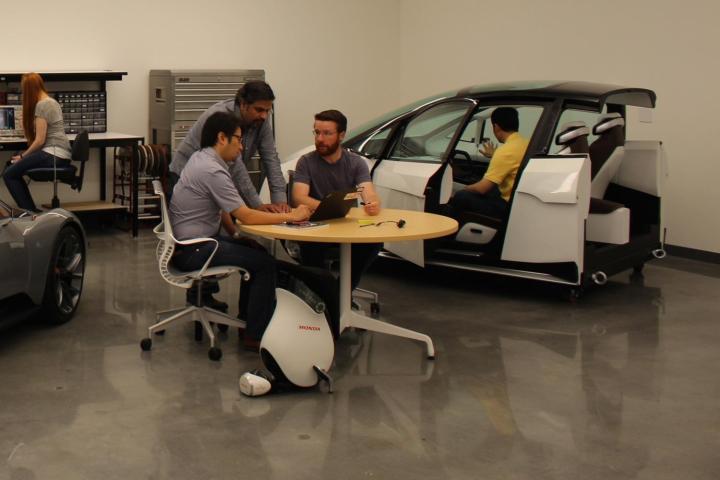
The firm’s Silicon Valley operations will focus on connectivity, human-machine interfaces, supporting app developers, and “computer science research for vehicle intelligence,” Honda says. Engineers working at the new research facility will also lead Honda’s interactions with Silicon Valley tech companies.
That work will include a new initiative called Honda Xcelerator, intended to help “innovators” commercialize new technologies. It will provide funding for proof-of-concept prototyping, and enable inventors to work alongside Honda engineers. Once prototypes are developed, their creators will also be able to pitch ideas to Honda for possible implementation.
As technologies like smartphone connectivity and autonomous driving continue to generate buzz, carmakers of all stripes are starting to establish a bigger presence in Silicon Valley. This also allows them to bask in the halo effect of an industry that has captured the public imagination.
Recent Honda tech projects include a prototype pedestrian-detection system that can warn drivers of unseen pedestrians and apply the brakes automatically, and experiments with vehicle-to-vehicle communication (V2V). The firm’s description of the work to be conducted in Silicon Valley also hints at an interest in self-driving cars.
Honda also used the opening of its new R&D center to unveil the refreshed 2016 Accord, which features new styling and the Honda Sensing safety system, a system the carmaker views as a potential step toward autonomous driving. The 2016 Accord is also the first Honda with Apple CarPlay and Android Auto.
Editors' Recommendations
- Honda previews future EV lineup with Zero Series concepts
- HBO’s hit comedy Silicon Valley will end after a seven-episode sixth season


